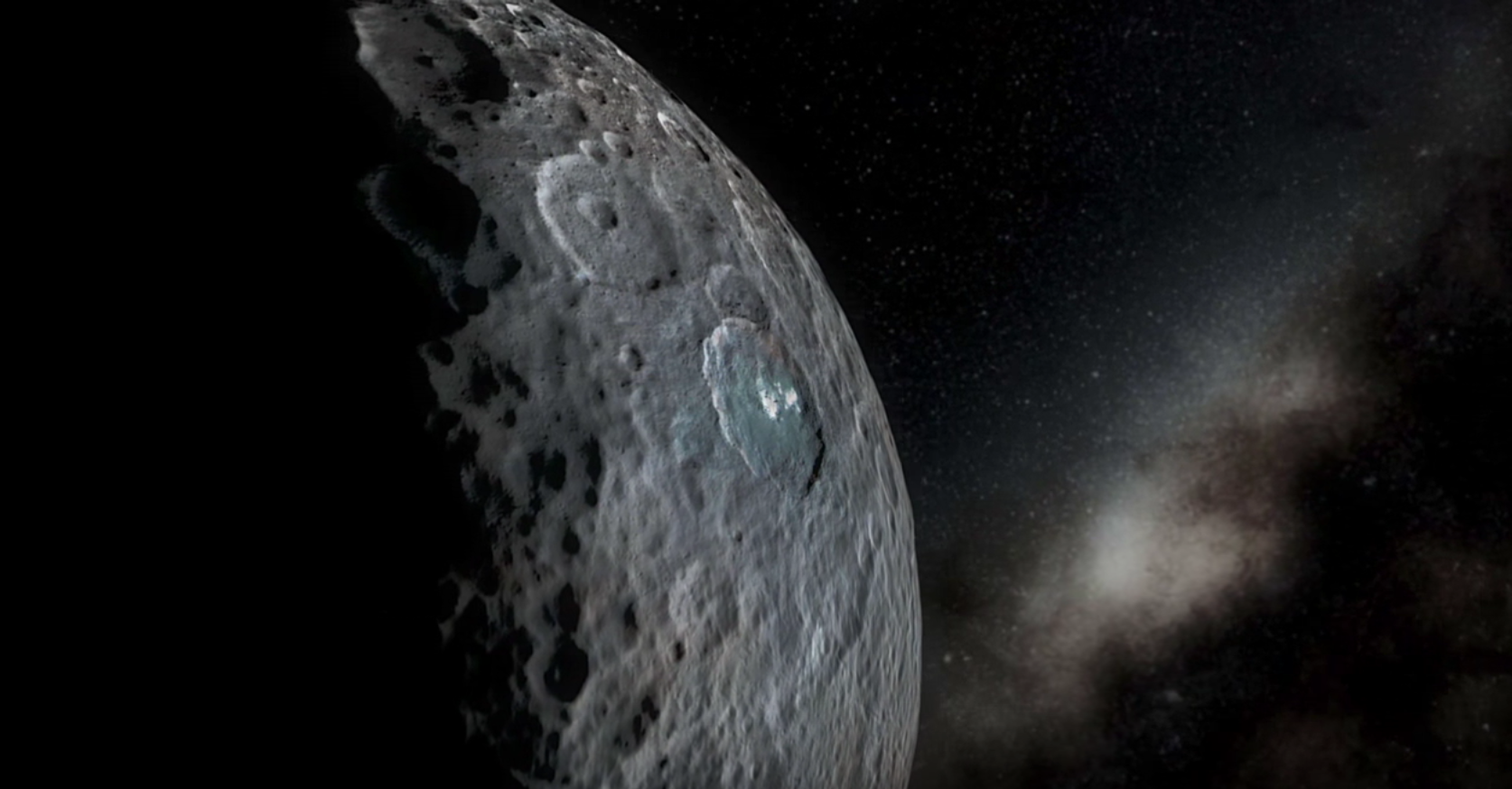
NASA and the select few people who are chosen to work as astronauts have become quite adept in recent years at leveraging the Internet and social media to share images and discoveries with the Earth-bound.
Astronauts at the International Space Station tweet daily and have even recorded a music video and an album in orbit, while NASA frequently releases images from its missions as soon as they are transmitted from space.
The agency published a slew of pictures captured by the spacecraft New Horizons during its historic flyby of Pluto last July. Now, NASA is taking viewers on a simulated tour of another dwarf planet, in a video titled "Flight Over Ceres."
The video gives a bird's eye view of the planet situated in the main asteroid belt between Mars and Jupiter. The camera's frame moves around Ceres and zooms in to highlight various features, spinning around a crater labeled onscreen as Occator to show it from every angle, and then moving on to the crater Ikapati, the mountain Ahuna Mons and other areas.
[Related: Evidence of New 'Planet Nine' Discovered in Solar System]
"The simulated overflight shows the wide range of crater shapes that we have encountered on Ceres," Ralf Jaumann, a Dawn mission scientist, is quoted as saying on NASA's website. "The viewer can observe the sheer walls of the crater Occator, and also Dantu and Yalode, where the craters are a lot flatter."
With dramatic music playing in the background throughout the nearly four-minute clip, it feels more like a space travel montage in a high-budget Hollywood film than a science textbook in video form.
NASA's Dawn spacecraft was launched on September 27, 2007 from Cape Canaveral in Florida, embarking on a decade-long mission. It orbited the asteroid Vesta for more than a year in 2011 and 2012, arrived at Ceres in March of last year and is now in its final mapping orbit, roughly 240 miles above the dwarf planet's surface.
[Related: A Brief History of SpaceX's Reusable Rocket Launches]
The mission's camera team at the German Aerospace Center (DLR) created the simulated tour using images from Dawn's high-altitude mapping orbit taken from 900 miles up between August and October 2015. The images use enhanced color "to highlight subtle differences in the appearance of surface materials," according to NASA. "Scientists believe areas with shades of blue contain younger, fresher material, including flows, pits and cracks."
Posted to the NASA Jet Propulsion Laboratory YouTube page on Friday, the Ceres video has garnered more than half a million views.
Uncommon Knowledge
Newsweek is committed to challenging conventional wisdom and finding connections in the search for common ground.
Newsweek is committed to challenging conventional wisdom and finding connections in the search for common ground.
About the writer
Stav is a general assignment staff writer for Newsweek. She received the Newswomen's Club of New York's 2016 Martha Coman Front ... Read more
To read how Newsweek uses AI as a newsroom tool, Click here.






